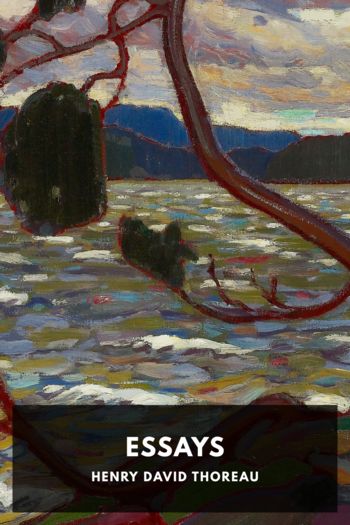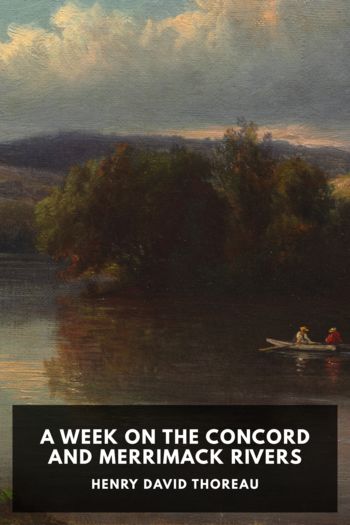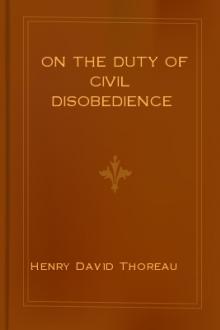Essays by Henry David Thoreau (feel good books .txt) 📕

Description
Though perhaps most famous for Walden, Henry David Thoreau was also a prolific essayist. Many of his essays touch on subjects similar to his famous book: long walks through nature, things found in moonlight that are invisible and unheard during the day, his preference for wild apples over domestic ones. In many ways he prefigured environmentalism, expressing his love for untouched nature and lamenting what the encroachment of man and cities were doing to it.
He also had strong opinions on many other subjects. One of his most famous essays, “On the Duty of Civil Disobedience,” was written as a result of his going to jail for refusing to pay several years’ worth of poll taxes. One of the primary reasons for his refusal was his holding the government in contempt for its support of slavery, and several of his other essays express support and admiration for John Brown, who thought to start a slave revolt when he attacked Harper’s Ferry in 1859.
Whether discussing trees in a forest, slavery, or the works of Thomas Carlyle, Thoreau’s essays are deeply personal and full of keen observations, often in poetic language. They give a sense of the man expressing them as being much more than the views being expressed.
Read free book «Essays by Henry David Thoreau (feel good books .txt) 📕» - read online or download for free at americanlibrarybooks.com
- Author: Henry David Thoreau
Read book online «Essays by Henry David Thoreau (feel good books .txt) 📕». Author - Henry David Thoreau
At length, about noon, the cars began to roll towards La Prairie. The whole distance of fifteen miles was over a remarkably level country, resembling a Western prairie, with the mountains about Chambly visible in the northeast. This novel, but monotonous scenery, was exciting. At La Prairie we first took notice of the tinned roofs, but above all of the St. Lawrence, which looked like a lake; in fact it is considerably expanded here; it was nine miles across diagonally to Montreal. Mount Royal in the rear of the city, and the island of St. Helen’s opposite to it, were now conspicuous. We could also see the Sault St. Louis about five miles up the river, and the Sault Norman still farther eastward. The former are described as the most considerable rapids in the St. Lawrence; but we could see merely a gleam of light there as from a cobweb in the sun. Soon the city of Montreal was discovered with its tin roofs shining afar. Their reflections fell on the eye like a clash of cymbals on the ear. Above all the church of Notre Dame was conspicuous, and anon the Bonsecours market-house, occupying a commanding position on the quay, in the rear of the shipping. This city makes the more favorable impression from being approached by water, and also being built of stone, a gray limestone found on the island. Here, after travelling directly inland the whole breadth of New England, we had struck upon a city’s harbor—it made on me the impression of a seaport—to which ships of six hundred tons can ascend, and where vessels drawing fifteen feet lie close to the wharf, five hundred and forty miles from the Gulf; the St. Lawrence being here two miles wide. There was a great crowd assembled on the ferryboat wharf and on the





Comments (0)